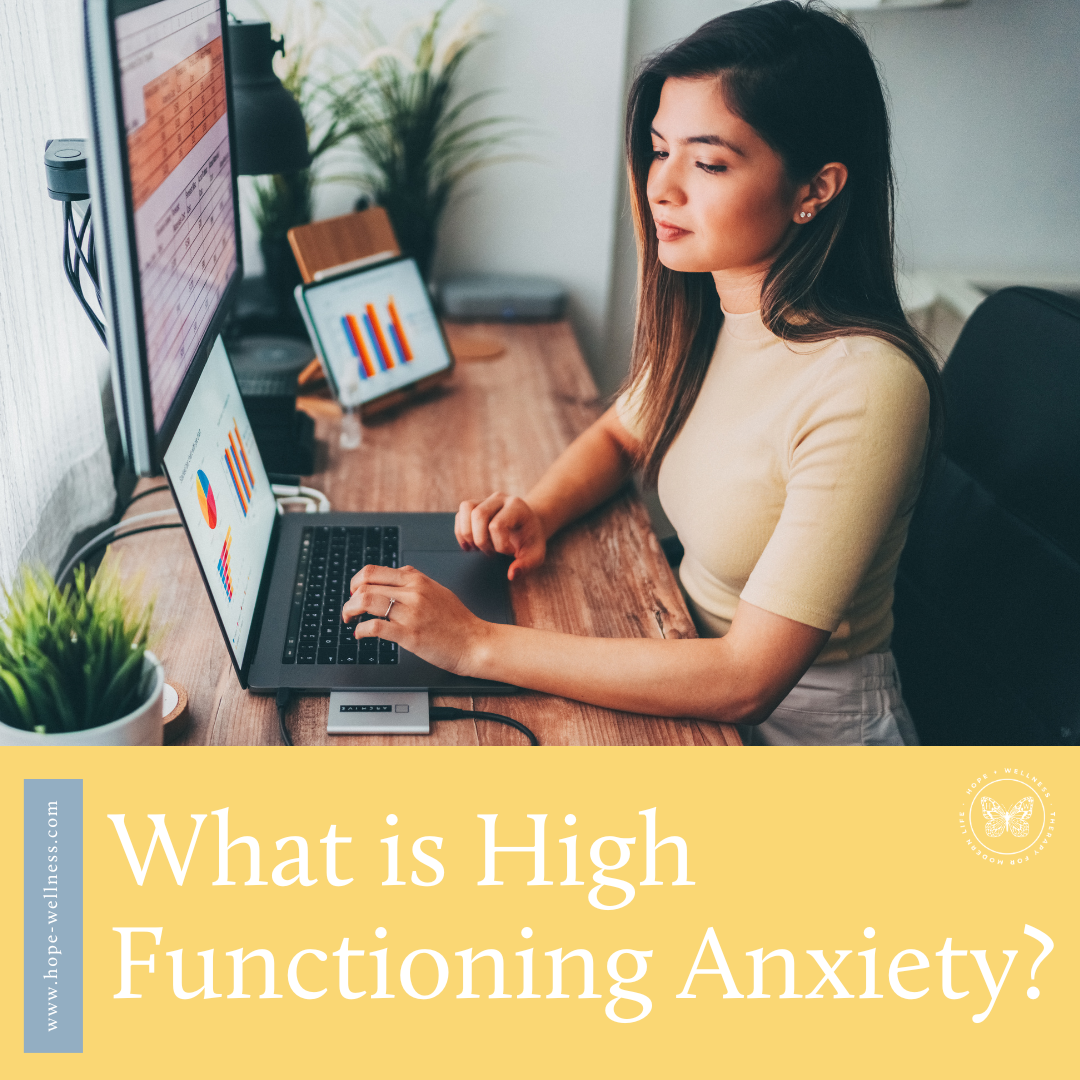What You Should Know About EMDR
Have you ever heard of EMDR?
EMDR stands for Eye Movement Desensitization and Reprocessing. It’s a kind of psychotherapy that was developed in the 1980s by Francine Shapiro. Dr. Shapiro was walking outdoors in 1987
when she noticed that the distress she was feeling, related to upsetting memories, was lowered when she moved her eyes back and forth. She did further studies on this phenomenon, and eventually developed EMDR as the treatment it is today, as well as the Adaptive Information Processing model to explain how the treatment works.
While EMDR is a newer treatment, it’s been shown to be incredibly effective in both research and in clinical settings. Many people experience a dramatic decrease in their distress level after EMDR therapy, and studies show it’s effective for many many mental health issues, including trauma, depression, anxiety, and OCD.
How does it work?
The basic premise of EMDR is that our minds can heal wounds in the same way that our bodies can, but sometimes those wounds don’t heal correctly and cause pain long after the event in question. It’s almost like the painful memories and emotions get stuck. When this happens, we experience negative outcomes like trauma, anxiety, and other kinds of emotional and mental distress. Resolving these issues requires us to access and process these stuck memories and emotions, which happens through EMDR.
EMDR offers a way to locate, access, and reprocess these stuck memories and emotions. The goal is to change the way the brain is storing these stuck memories so that they stop causing pain. EMDR treatment requires a clinician who is trained in EMDR, because the process of accessing and reprocessing traumatic memories is very sensitive. EMDR therapists have extensive training in the background of why EMDR works, and how to adapt it for different situations based on what the client needs.
What happens during an EMDR session?
EMDR helps you to locate and reprocess traumatic memories, so it’s not something you can just jump into without preparation. EMDR has 8 phases, and each phase is essential, especially the phases where you work with your therapist to develop resources to help you during upsetting moments.
The 8 phases of EMDR are:
History & Treatment Planning
Preparation
Assessment
The first 3 phases are completed before reprocessing can begin. These phases are focused on understanding how EMDR can help the client based on their history, developing a treatment plan, building a rapport between the client and therapist, providing resources for the client to use in moments of distress, and deciding what event or memory to reprocess.
Desensitization
Installation
Body Scan
The next 3 phases are the reprocessing phases, where the client works with the therapist to access and reprocess the memory until they no longer feel distress around it. These phases include the bilateral stimulation that EMDR is famous for. Some clinicians will have you use eye movements, tapping, headphones, lights, buzzers, or tappers to direct the bilateral stimulation that allows you to access the memory networks that need reprocessing.
Closure
Reevaluation
The final 2 phases help to build safety for the client as each session ends and begins. Each session will end with helping the client return to a calm state of mind, and each session will begin by checking back in to make sure that their distress level stays low around the reprocessed memory.
Some of the phases go faster than others, and once you are ready to begin reprocessing, most of your EMDR sessions will be some combination of phases 3-8.
What can EMDR help with?
EMDR was initially developed to help process trauma, and lessen the effects of PTSD, and it is an incredibly powerful way to treat trauma, including trauma from childhood or abuse. However, research has shown that EMDR can be helpful with a number of other mental health concerns, including:
Anxiety
Depression
Chronic Pain
Dissociative Disorders
Personality Disorders
Addiction
Eating Disorders
Grief
Self Esteem
OCD
EMDR is a treatment that can be used for children, teens, and adults. There are some situations where EMDR is not an appropriate treatment, so it’s important to check with an EMDR therapist to determine if it’s a good treatment choice for you.
What are the benefits and drawbacks of EMDR?
One of the biggest benefits of EMDR is how effective it is as a treatment. Although it’s a newer treatment modality, there have been many studies conducted on EMDR that show it works. The data showed that EMDR was working for people before we even understood why it worked! Many organizations, including the World Health Organization, the American Psychological Association, and the US Department of Veterans Affairs recognize EMDR as an effective treatment for PTSD and other disorders.
Another major benefit of EMDR is that it doesn’t require a person to talk in detail about the distressing memories they have to reprocess them. EMDR does require you to focus on the memories, but you don’t have to put them into words. While focusing on the memories is definitely upsetting, it’s less intense than having to narrate or fully relive a traumatic memory. EMDR is also fully confined to the therapy session - you won’t have homework to do or be expected to process things on your own, everything will take place with your therapist, which can be appealing.











Getting to know your inner child is a journey of self-discovery and healing. It’s about honoring the child within you, understanding their needs, and providing the care they’ve longed for. While the process can be challenging, the rewards—greater self-awareness, emotional freedom, and a more fulfilling life—are well worth the effort. Here’s how you can start.